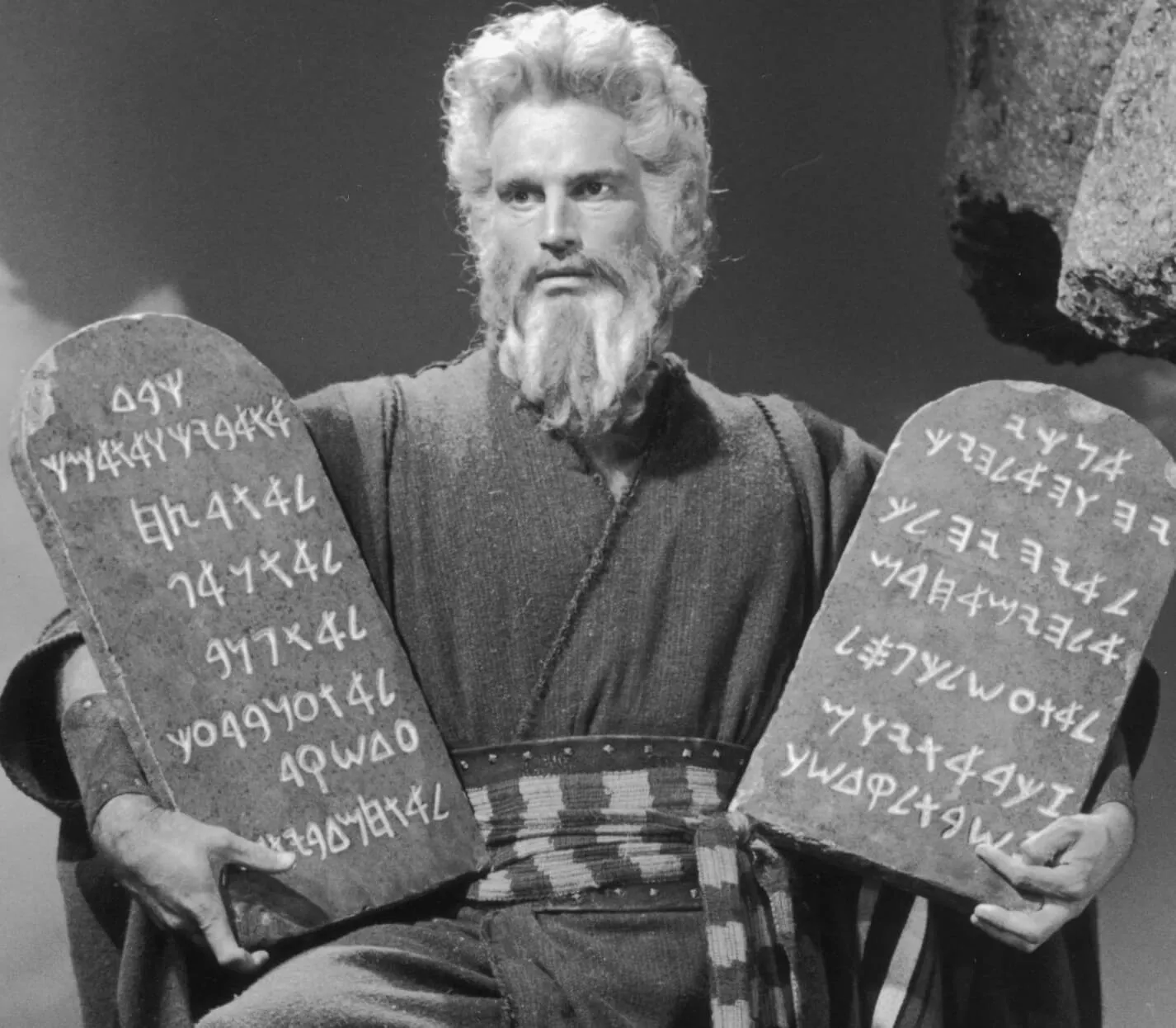
1 Provocative Movie Is the Opposite of ‘The Ten Commandments’
The movies The Ten Commandments (1956) and Seder-Masochism (2018) are based on the same story, but they are extremely different. Both movies adapt the Book of Exodus. They show Moses, the Israelites, and their journey out of Egypt. But everything else about them feels completely opposite.
‘The Ten Commandments’ overshadows a very different movie about the Exodus
First, the style of each film is very different. The Ten Commandments is a live-action drama with big sets and famous actors. It tries to look realistic and serious. Director Cecil B. DeMille wanted it to feel like a great historical epic. It’s long, full of speeches, and very focused on rules, power, and God.
Seder-Masochism is an animated movie. It’s full of bright colors, wild images, and funny moments. It was made by artist Nina Paley, mostly by herself. Instead of serious actors, it uses old music, sound clips, and creative art. This movie feels fast, fun, and modern, even though it tells an ancient story. It breaks all the rules that The Ten Commandments follows.
‘Seder-Masochism’ is a more complex movie than Cecil B. DeMille’s epic
Second, the message of each movie is different. The Ten Commandments sees Moses as a great hero. He brings God’s law to the people and frees them from slavery. It shows him as strong, holy, and wise. The movie teaches respect for God’s rules and order. It supports the idea that God is a powerful father figure who leads with strength.
Seder-Masochism questions all of that. It doesn’t just tell the story of Moses — it challenges it. Paley explores how Abrahamic religions replaced older goddess traditions with male-centered power. She shows the loss of the divine feminine and the rise of patriarchy. Instead of seeing Moses as a hero, she presents him as someone who brings strict rules and harsh control. Her film says the old goddesses gave life, but the new god took it away.
A feminist movie response to ‘The Ten Commandments’
Another big difference is the role of women. In The Ten Commandments, women mostly support men. They are mothers, lovers, or background characters. They rarely speak or act for themselves. The story is about men and their journey with God.
In Seder-Masochism, women are at the center. Goddesses like Inanna and Hathor appear in bold, colorful ways. The film asks what was lost when they were erased from history. It even includes Paley’s own father, whose voice talks with her throughout the film. This makes the story personal, not just religious.
Finally, the tone of the two movies couldn’t be more different. The Ten Commandments is serious and grand. Seder-Masochism is playful and full of humor, even when it talks about death and destruction. It uses music from many times and places to tell the story in a fresh way.
In the end, both films look at the same ancient tale. But one follows the old path. The other tears it apart. That’s why Seder-Masochism is truly the opposite of The Ten Commandments.


